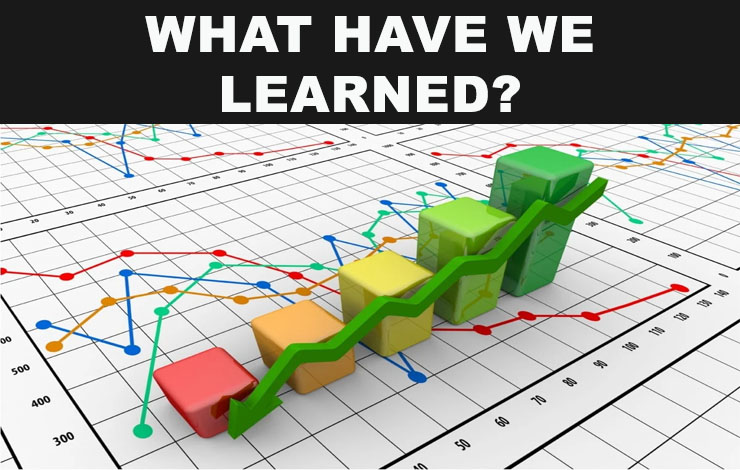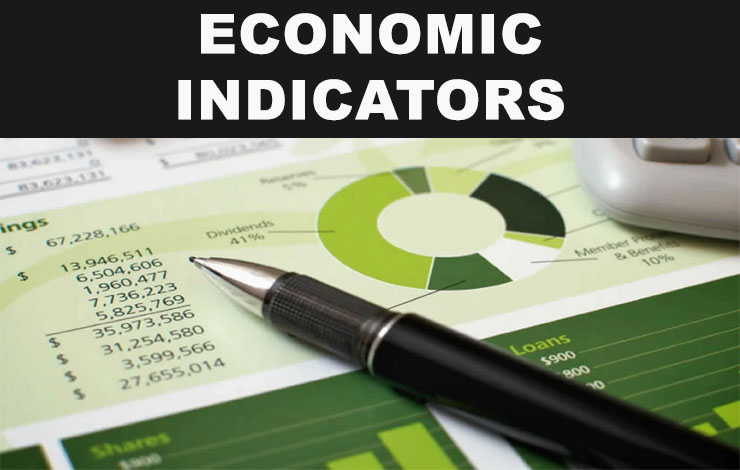Investing is a complex and dynamic endeavor, influenced by a myriad of factors. Among these, economic indicators play a pivotal role in shaping the performance of your investments. In this article, we’ll delve into the key economic indicators that can have a significant impact on your investment decisions.
What are Economic Indicators and Why Do They Matter?
Economic indicators are statistical data points that provide insights into the health and performance of a country’s economy. They help investors gauge the overall economic environment and make informed decisions about their investments. These indicators reflect the broader trends, potential risks, and growth prospects that can influence various asset classes.
Gross Domestic Product (GDP): The Pulse of Economic Activity
GDP is arguably the most widely recognized economic indicator. It measures the total value of goods and services produced within a country’s borders over a specific period. Changes in GDP growth rates can signal economic expansion or contraction, impacting investment sentiments. A robust GDP often correlates with a positive investment outlook, while a decline might lead to more cautious investment strategies.
Unemployment Rate: Assessing Labor Market Stability
The unemployment rate is a crucial indicator that measures the percentage of the labor force without jobs but actively seeking employment. High unemployment rates can indicate economic distress, reducing consumer spending and affecting corporate profits. As an investor, understanding unemployment trends can help you anticipate potential shifts in demand for certain industries and adjust your portfolio accordingly.
Inflation Rate: Navigating Purchasing Power
Inflation measures the rate at which the general price level of goods and services rises over time. Moderate inflation is normal in a growing economy, but hyperinflation or deflation can have adverse effects on investments. Inflation erodes purchasing power, impacting the real return on your investments. Monitoring inflation rates can guide your asset allocation and investment choices to safeguard your portfolio against its erosive effects.
Interest Rates: The Cost of Borrowing and Investing
Central banks set interest rates, influencing the cost of borrowing and lending throughout the economy. Changes in interest rates can directly impact various investment classes. For instance, rising interest rates can lead to lower bond prices and impact sectors sensitive to borrowing costs, such as real estate. Understanding the relationship between interest rates and different investment vehicles can help you position your portfolio advantageously.
Consumer Confidence Index: Behavioral Insights
The Consumer Confidence Index reflects the sentiment of consumers regarding the economy’s current and future conditions. Consumer spending accounts for a significant portion of economic activity. High consumer confidence can lead to increased spending, benefiting companies and potentially driving stock prices higher. Conversely, low consumer confidence can indicate caution and impact consumer-oriented sectors.
Trade Balance: Global Economic Relationships
The trade balance measures the difference between a country’s exports and imports. A positive trade balance (exports exceed imports) can contribute to economic growth, while a negative balance may raise concerns. Trade imbalances can impact currency values and affect industries dependent on global trade. Staying informed about trade dynamics can guide your investments, especially in sectors with international exposure.
Political Stability and Economic Policies: A Holistic View
While not a traditional economic indicator, political stability and economic policies significantly influence investment decisions. Government policies, regulations, and geopolitical events can shape the business environment and impact different sectors. Investors should stay abreast of policy changes and geopolitical developments to anticipate potential shifts in their investment landscape.
Technological Advancements and Innovation: The Modern Influencer
In today’s fast-paced world, technological advancements and innovation have become key drivers of economic growth. Disruptive technologies can create new investment opportunities while rendering existing ones obsolete. Staying attuned to technological trends and their potential economic impact can help you position your investments for long-term success.
Environmental, Social, and Governance (ESG) Factors: A New Paradigm
In recent years, ESG factors have gained prominence as influential indicators of a company’s long-term sustainability and performance. Investors increasingly consider environmental, social, and governance practices when making investment decisions. Incorporating ESG considerations into your investment strategy can align your portfolio with values while potentially mitigating certain risks.
What did we learn in this article?

What have we learned
Understanding the key economic indicators that affect your investments is crucial for making informed decisions and managing risks. By staying informed about GDP growth, unemployment rates, inflation, interest rates, consumer confidence, trade balances, political stability, technological advancements, and ESG factors, you can navigate the ever-changing economic landscape and position your portfolio for success in 2023 and beyond. Remember, successful investing requires a balance of knowledge, research, and a long-term perspective.
